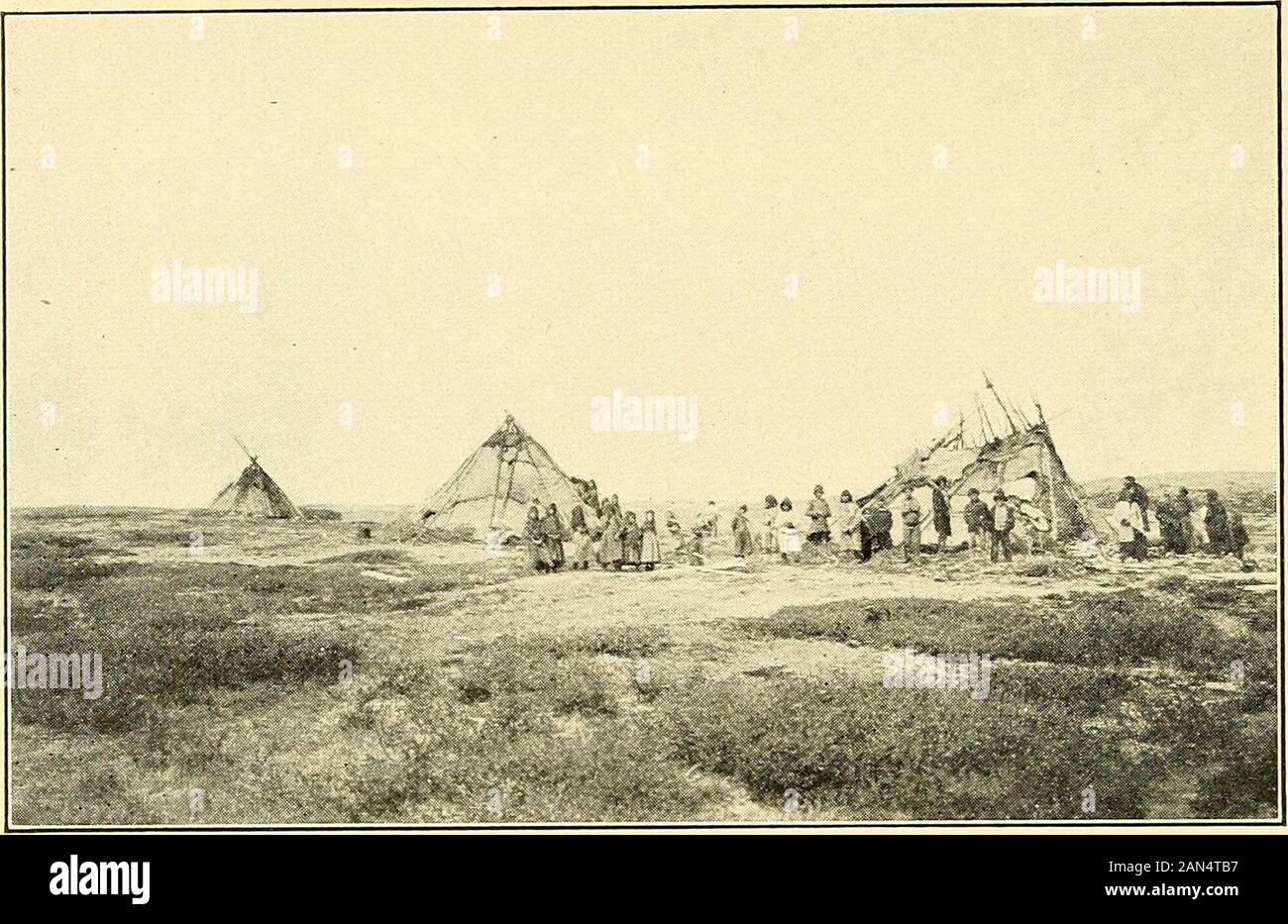Labrador, the country and the people . shmen brought over in theearlier period of the Hudsons Bay Company were a notablefailure in adaptability to the conditions, remaining ahen tothe life and seeking usually a final escape from their sur-roundings. Analysis of the deeper affinities of the language must beleft to the linguist; superficially it does not appear to havea common origin with any of the European tongues. Itmust be supposed that articulation, at least, is affected byclimate and mode of life, as is physiognomy as well in thecase of dwellers upon wind-blown plains. A relation mayexist

Image details
Contributor:
The Reading Room / Alamy Stock PhotoImage ID:
2AN4TB7File size:
7.1 MB (595.7 KB Compressed download)Releases:
Model - no | Property - noDo I need a release?Dimensions:
1963 x 1273 px | 33.2 x 21.6 cm | 13.1 x 8.5 inches | 150dpiMore information:
This image is a public domain image, which means either that copyright has expired in the image or the copyright holder has waived their copyright. Alamy charges you a fee for access to the high resolution copy of the image.
This image could have imperfections as it’s either historical or reportage.
Labrador, the country and the people . shmen brought over in theearlier period of the Hudsons Bay Company were a notablefailure in adaptability to the conditions, remaining ahen tothe life and seeking usually a final escape from their sur-roundings. Analysis of the deeper affinities of the language must beleft to the linguist; superficially it does not appear to havea common origin with any of the European tongues. Itmust be supposed that articulation, at least, is affected byclimate and mode of life, as is physiognomy as well in thecase of dwellers upon wind-blown plains. A relation mayexist between the mild chmate of southern Europe and theprevaihng use of the outer organs of speech by the Latinraces. The rolling r and the mobile face are hardly to beassociated with high latitudes. In the north, on the con-trary, it might be difficult to find any word in the Algon-quian, or in that very different language, the Eskimo, which could not be spoken clearly with the face immov-able. These are languages which can be used without. Eskimo and Nascaupee Indians, Hudson Bay-